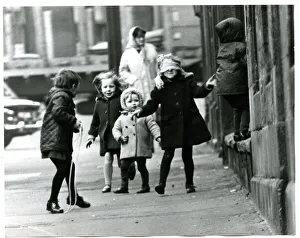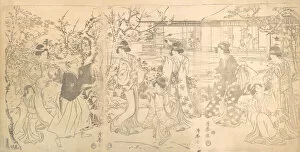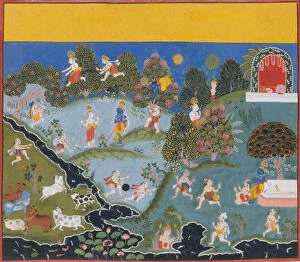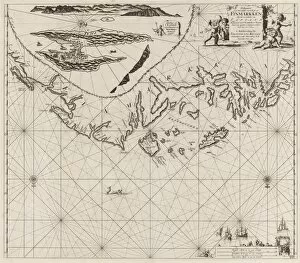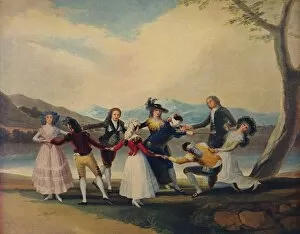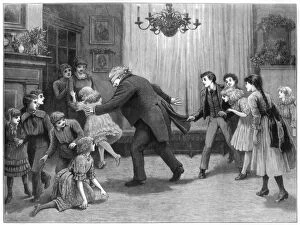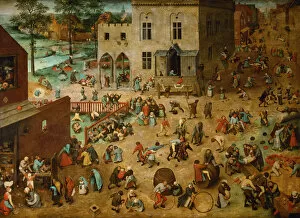Blind Mans Buff Collection (#2)
"Blind Man's Buff: A Timeless Game of Laughter and Mystery" Step into the world of Blind Man's Buff, a beloved game that has transcended time and cultures
For sale as Licensed Images
Choose your image, Select your licence and Download the media
"Blind Man's Buff: A Timeless Game of Laughter and Mystery" Step into the world of Blind Man's Buff, a beloved game that has transcended time and cultures. From its earliest depictions in art, such as "Blindmans Buff (Le Colin-Maillard)" painted between 1755-80 by an unknown artist, to Francisco Goya's intriguing rendition titled "La Gallina Ciega, " this game has captured the imagination of artists throughout history. In these captivating artworks, we witness the essence of Blind Man's Buff - a group of people joyfully partaking in a game where one player is blindfolded while others try to elude their grasp. The element of mystery and anticipation fills the air as participants navigate through darkness with laughter echoing around them. But Blind Man's Buff is not just limited to paintings; it has been immortalized in various forms. A tragic scene depicted in a color lithograph portrays the intensity and emotion that can arise from this seemingly innocent game. Meanwhile, an engraving from 1849 showcases how even during Victorian times, children found delight in playing Blind Man's Buff. Across continents and centuries, Blind Man's Buff remains a cherished pastime for both young and old alike. In Japan, at the Kankanro Teahouse in Yoshiwara during 1794, Outdoor Amusements included this enthralling game among their activities. Even beyond art or historical records, Blind Man's Bluff finds its way into everyday life. An enchanting furnishing fabric from England dating back to 1785-95 features playful figures engaged in this timeless pursuit. Children gather around for games like these as seen on chromolithographs or Victorian Christmas cards titled "The Young Folks. " Blind Man’s Bluff represents more than just entertainment; it embodies human connection and camaraderie across generations.

